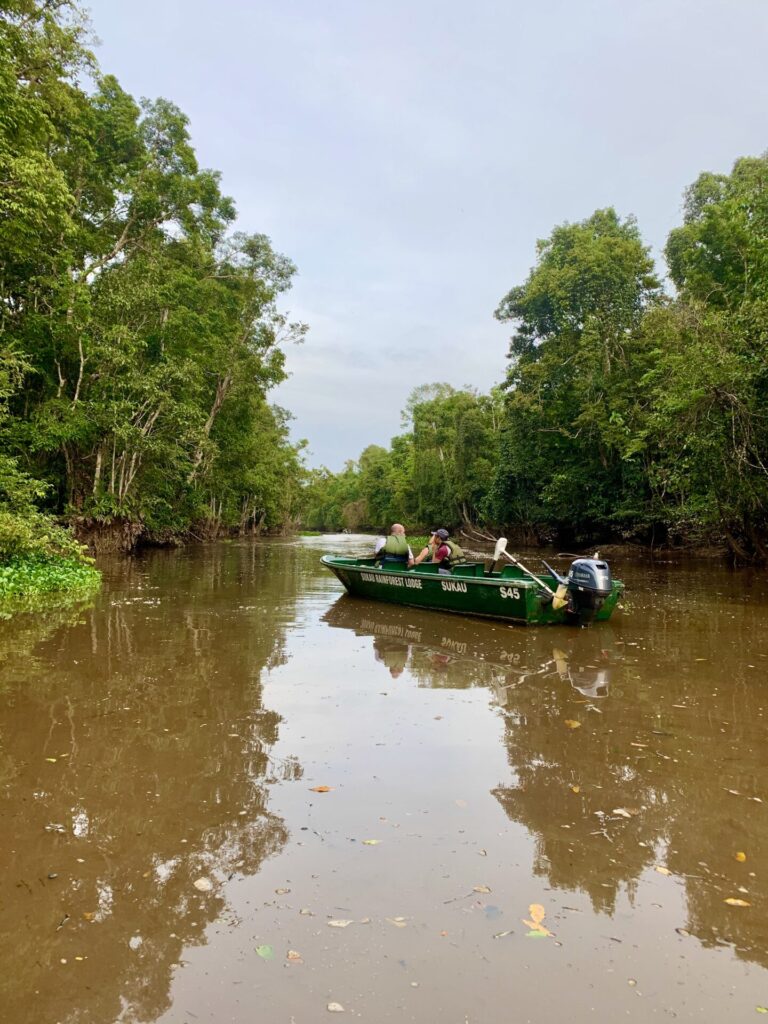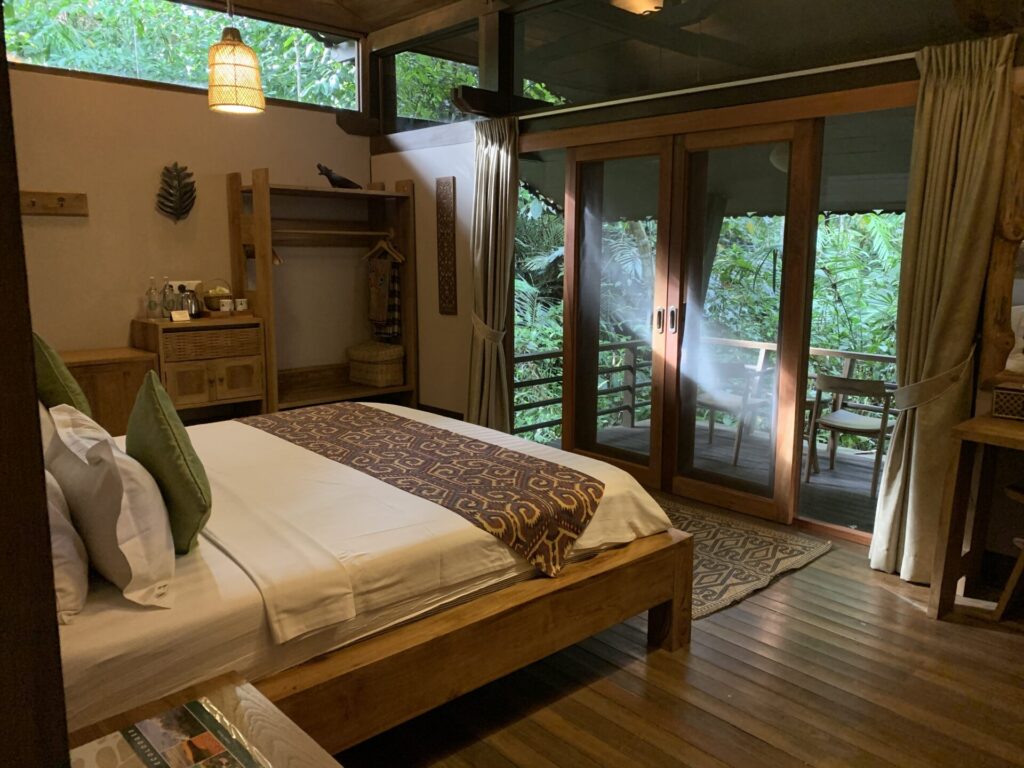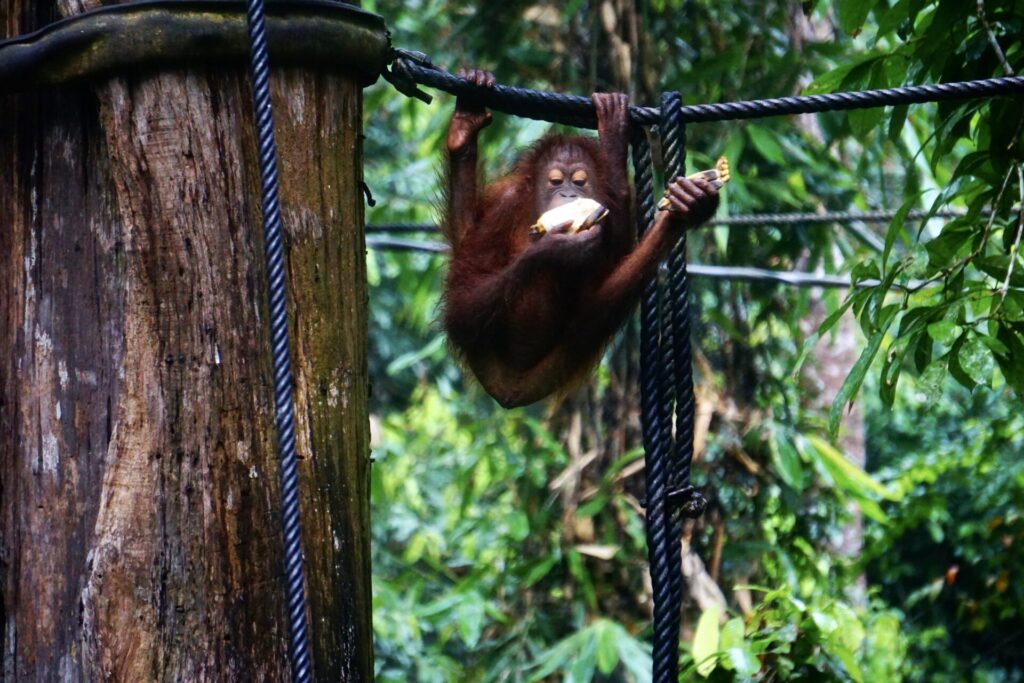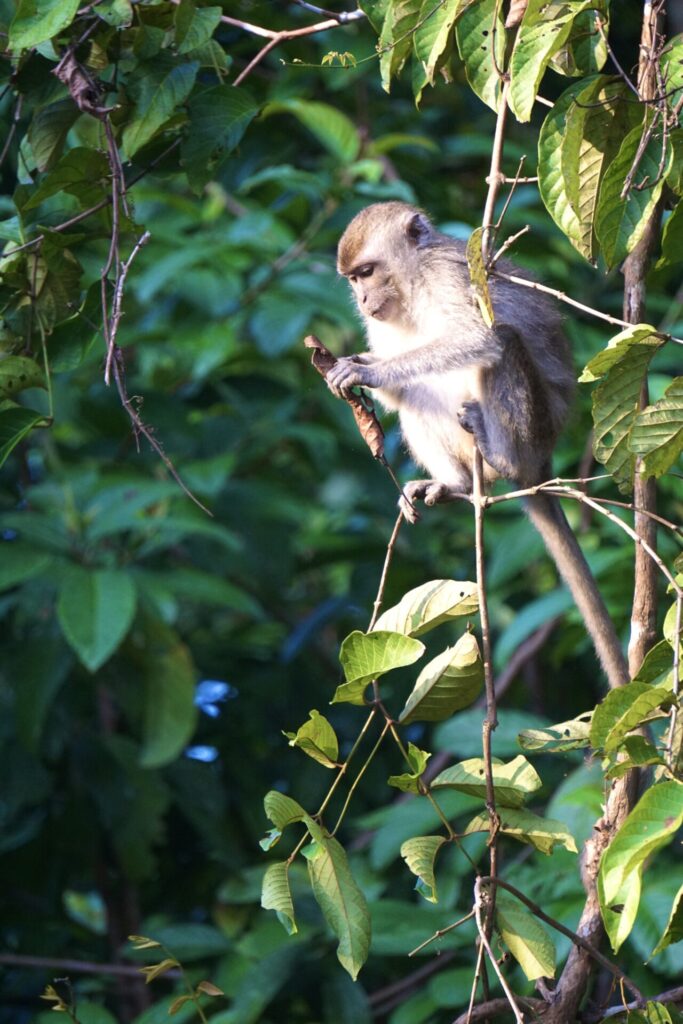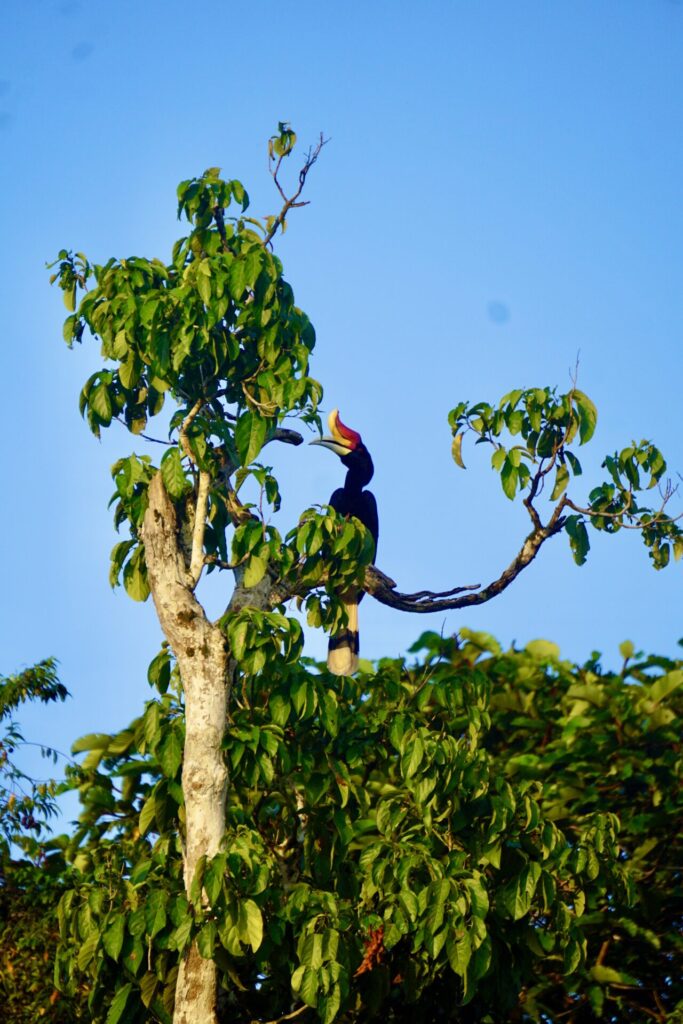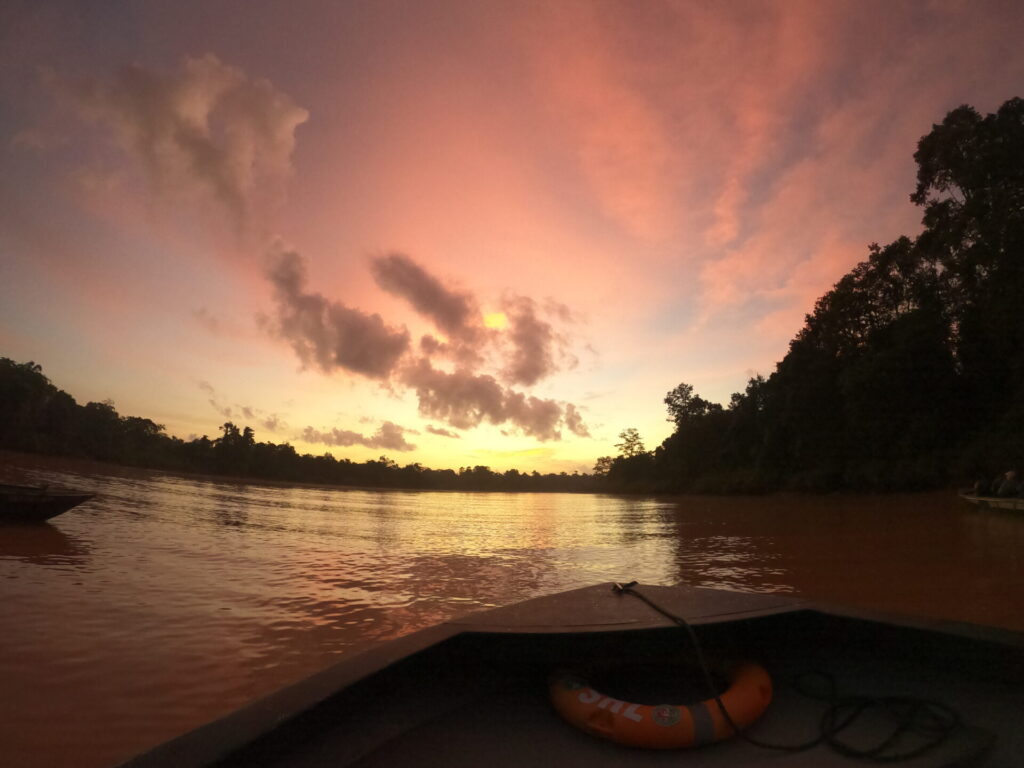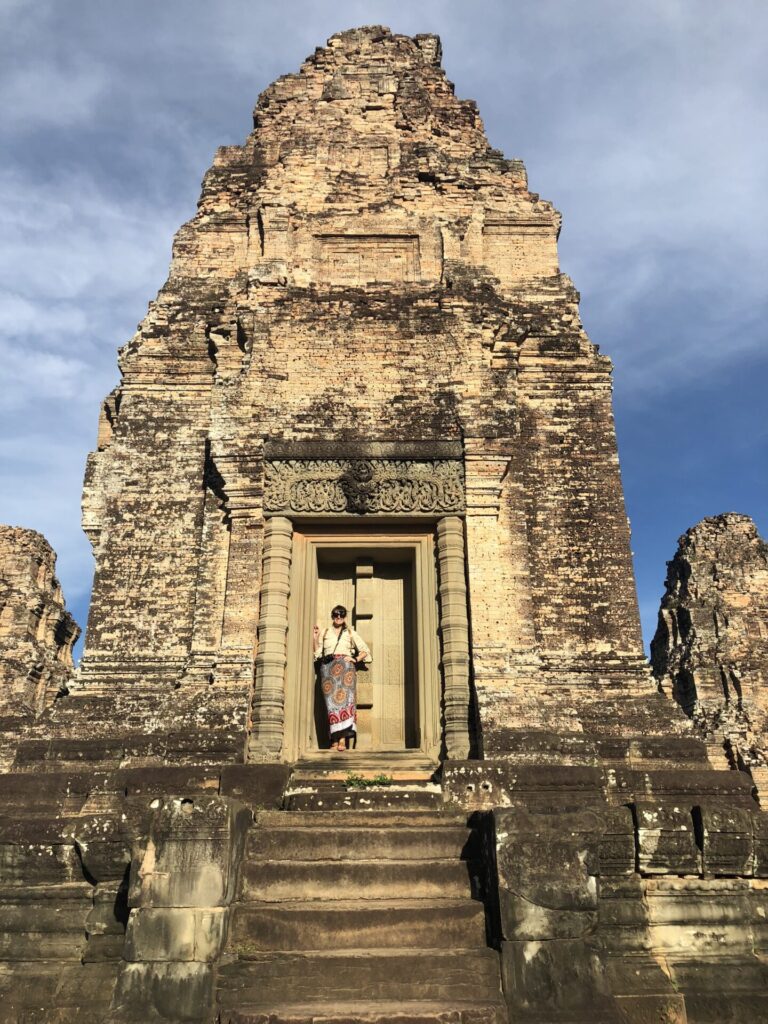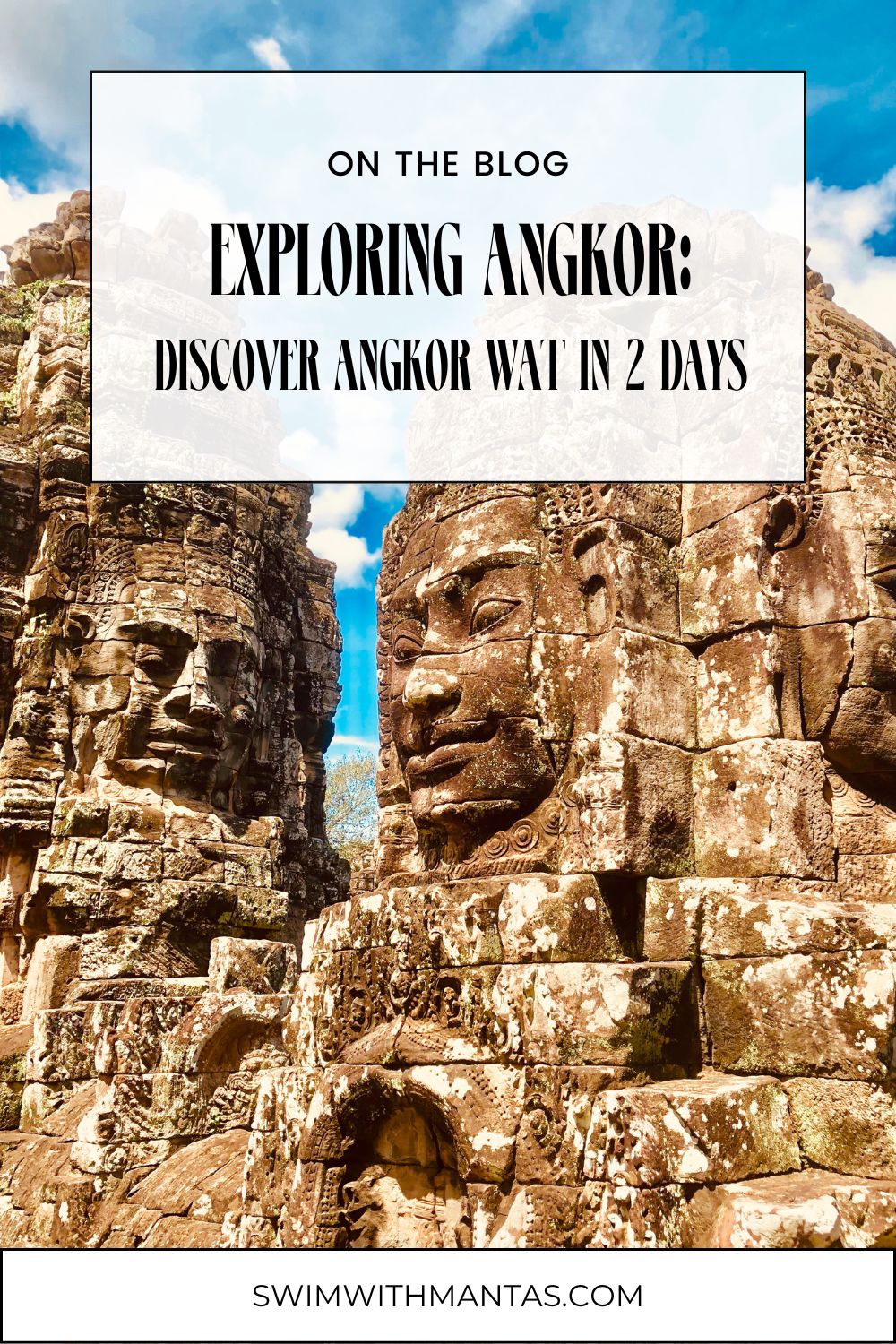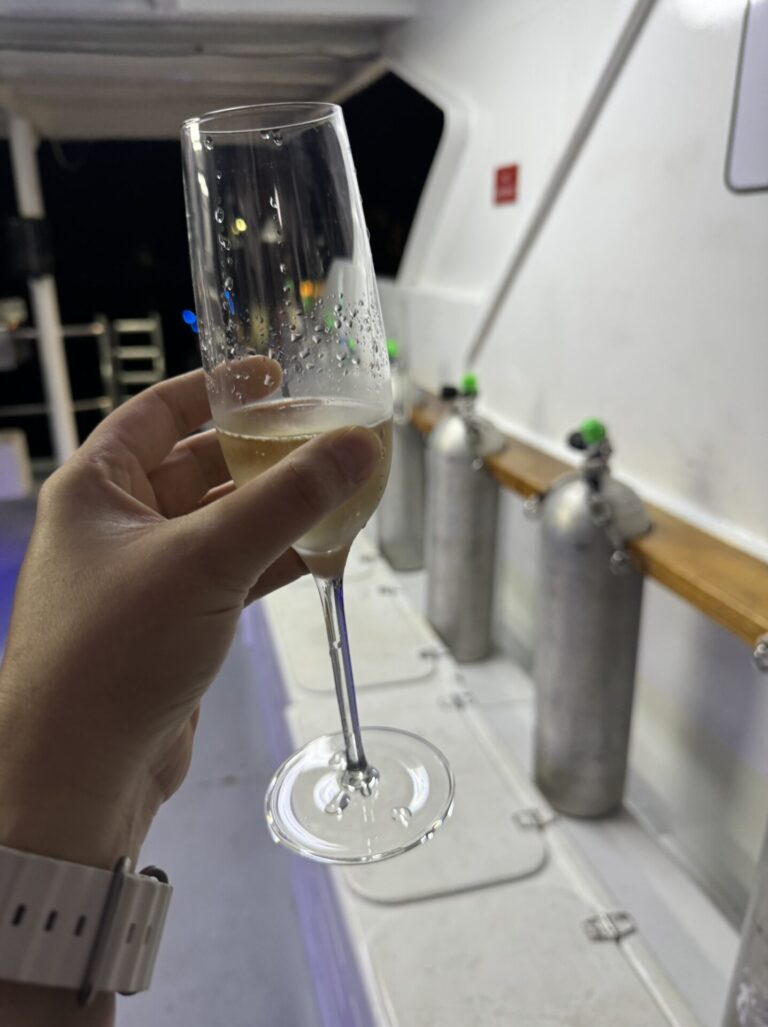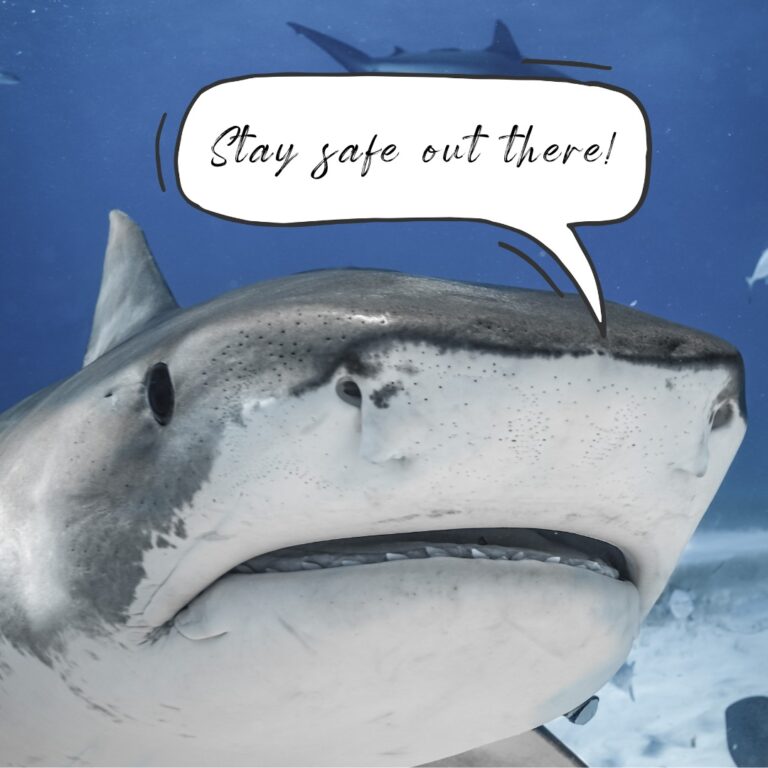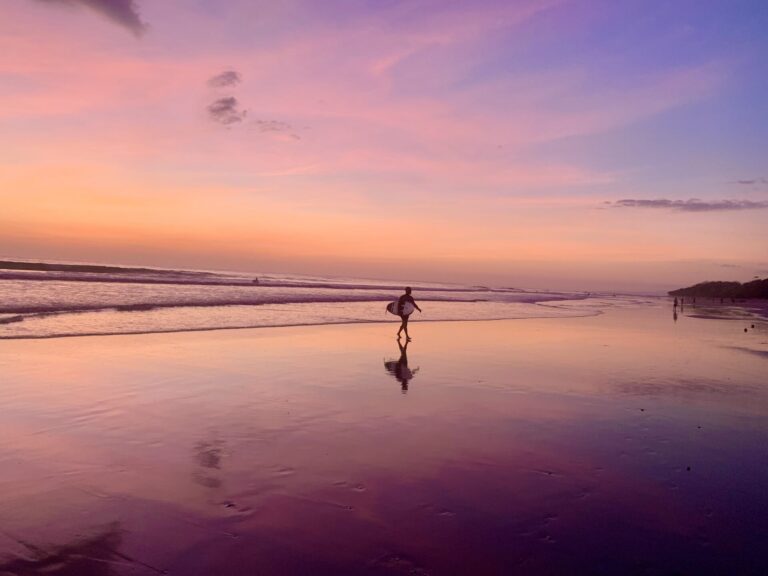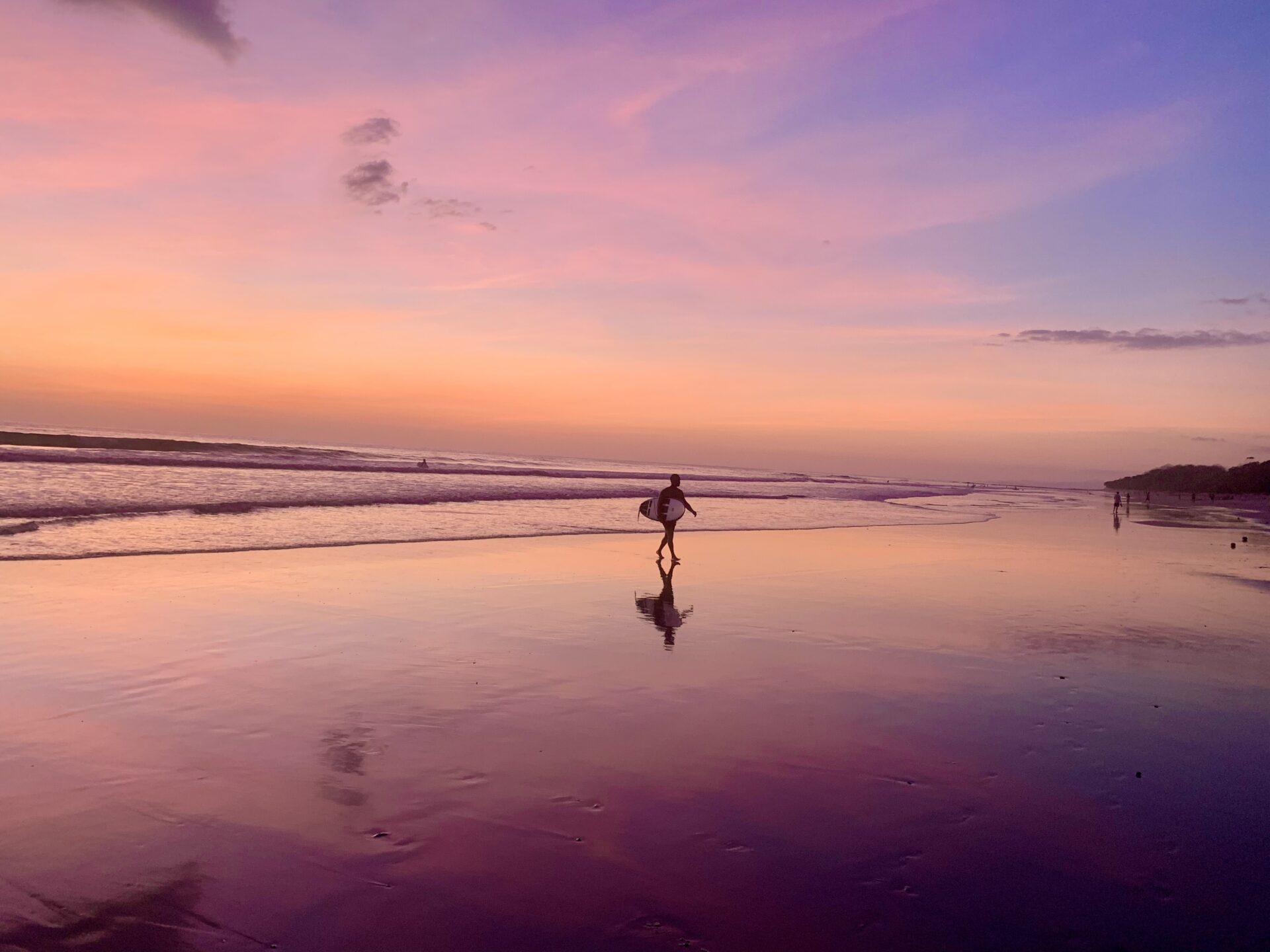Orangutans in Borneo: A Trip of a Lifetime
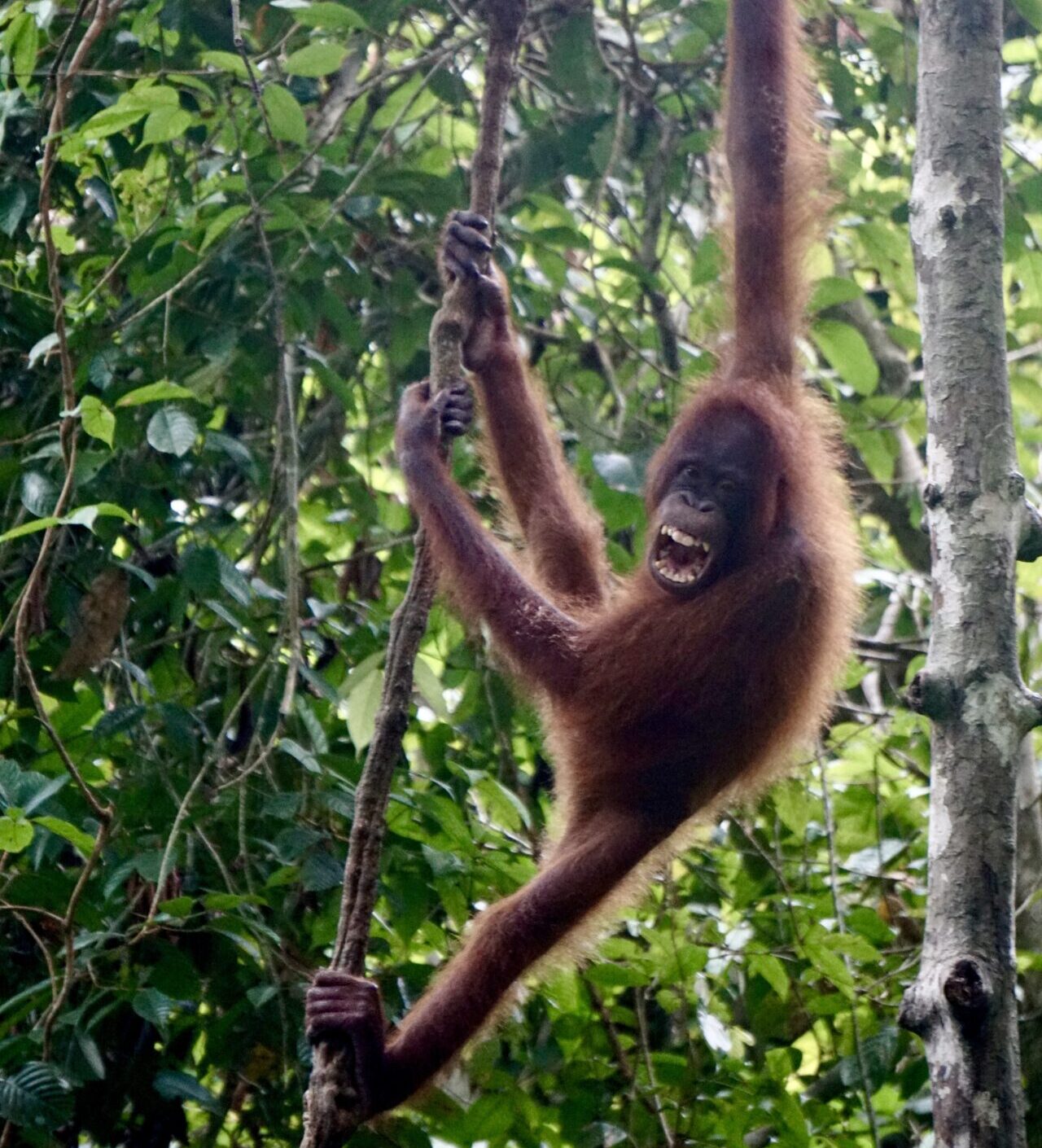
Seeing orangutans in Borneo is one of the most profound wildlife experiences you can have and I was lucky enough to see wild and rehabilitated orangutans in Borneo. I’ve been a wildlife enthusiast my entire life, but looking at an animal that shares so much of our DNA was incredibly special!
These intelligent, gentle primates are critically endangered, and their shrinking habitats make it increasingly important to support conservation through responsible tourism. While orangutans are native to the rainforests of Borneo and Sumatra, some places stand out as the best spots to observe them in both natural habitat.
Why Seeing Orangutans in Borneo is special
Malaysian Borneo, particularly the states of Sabah and Sarawak, offers unparalleled opportunities to see orangutans. With lush rainforests, protected reserves, and rehabilitation centers, it is one of the last strongholds of these great apes. Beyond orangutans, Malaysian Borneo’s rich biodiversity and eco-tourism infrastructure make it an ideal destination for wildlife enthusiasts. I worked with an eco lodge (linked below) and booked a trip with visits to both the rehabilitation centre, to see orangutans being rehabilitated, and the Kinabatangan River, for a chance to see wild orangutans. Orangutans are really good at camouflaging themselves, but the guides working in this region are experts at spotting them and will have a proper scope so that you can see them high up in the trees. Along with orangutans, you can see other species of monkeys, crocodiles, exotic birds, and (if you’re really lucky) pygmy elephants. Here were two very memorable spots to spot orangutans in Borneo.
1. Sepilok Orangutan Rehabilitation Centre
Located near the town of Sandakan, the Sepilok Orangutan Rehabilitation Centre is one of the most famous places to see orangutans in Borneo. Established in 1964, it rescues orphaned and displaced orangutans, rehabilitating them for a return to the wild.
Visitors can observe semi-wild orangutans from viewing platforms during feeding times or while they play in the forest canopy. The nearby Bornean Sun Bear Conservation Centre is an added bonus, allowing you to learn about other species that call Borneo home.
Arrive early to secure a good spot during feeding times and explore the nature trails around the center for a chance to see other wildlife.
2. Kinabatangan River, Sabah
For a more immersive experience, head to the Kinabatangan River, one of the best places to see wild orangutans in Borneo. This 560-kilometer river winds through Sabah, cutting through dense rainforests teeming with wildlife, including orangutans, pygmy elephants, proboscis monkeys, and exotic bird species.
Guided river safaris provide an excellent opportunity to spot orangutans in the treetops, especially during the early morning or late afternoon. Lodges along the river offer eco-friendly accommodations and expert-led excursions. It’s sort of like the jungle cruise at Disneyland… except there’s an actual jungle!
Bring binoculars for better wildlife spotting, and consider staying for a few days to maximize your chances of seeing orangutans.
I really like Borneo Eco Tours – website and tripadvisor.
Conservation and Responsible Tourism
When visiting places to see orangutans, it’s essential to choose ethical operators and follow guidelines to minimize your impact on the animals and their environment. Some tips include:
– Maintain a safe distance from orangutans to avoid disturbing them.
– Never feed or touch the animals.
– Support eco-friendly accommodations and tour companies.
– Learn about local conservation efforts and consider donating to reputable organizations.
– Stop using products with palm oil (nut butters, including peanut butter, are the most common culprit). Orangutans have lost a lot of their habitat in Borneo to palm oil fields. You can discourage palm oil farming by not buying products with palm oil.
Malaysian Borneo stands out as one of the best places in the world to see orangutans, offering a mix of accessible centers and untamed wilderness. From the rehabilitation work at Sepilok to the wild encounters along the Kinabatangan River, every visit contributes to a deeper appreciation of these incredible creatures and the urgent need to protect their habitats.

